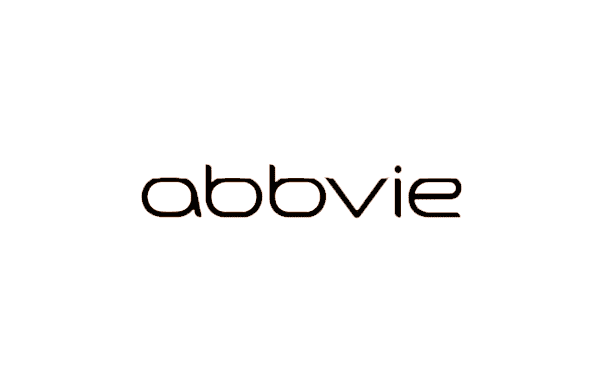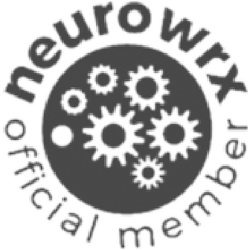If your website isn’t helping you get leads, grow your audience, or support your business goals, you’re not alone. Many websites fail to deliver results—but often, the reasons are simple and fixable. At Aspiritech, we’ve worked with organizations across many industries to identify common website issues and make improvements that lead to real results. In this post, we’ll walk you through why your website might be falling short and what you can do to fix it.
You Don’t Have a Clear Plan
One of the biggest reasons websites fail is because there’s no clear purpose behind them. A website needs to support your business goals—whether that means bringing in sales, generating leads, or simply giving people useful information. If you don’t know what you want your website to do, it’s hard to make it work effectively.
To fix this, start by setting clear goals. For example, you might want 10 people per month to fill out your contact form to grow your newsletter list, or you might want to increase visits and time spent on site. Once you know your goals, you can track your progress using free tools like Google Analytics.
“A website should work as hard as you do—it’s not just a digital brochure, it’s your most valuable sales and support tool,” shares Lindsay Holley, Aspiritech’s VP of Product Strategy. When strategy is missing, results are too. That’s why aligning your site with real business goals is the first step toward fixing what’s broken.
You’re Targeting the Wrong People
If your website doesn’t speak to the right audience, they won’t stick around. You need to think about who your ideal visitor is and what they care about. A website for kids and teenagers should look and sound very different from one built for professionals or adults.
Make sure your website is designed and written in a way that speaks to your audience’s needs and interests. Use simple language, helpful information, and a clear message that shows how you can help them.
You’re Not Listening to Your Visitors
If people visit your website and leave quickly or don’t take action, it might be because they’re confused or frustrated. But if you don’t ask for feedback, you won’t know what’s wrong.
Try adding a short feedback form to your site, or use tools like Hotjar to see where people click and where they get stuck. You can learn a lot by watching how people use your site—and then make changes to improve their experience.
Your Website Is Hard to Use or Looks Outdated
People judge your website very quickly. If it looks old, messy, or doesn’t work well on phones, they’ll leave before you get a chance to connect with them.
Make sure your site is mobile-friendly and loads quickly. Keep the design simple and the navigation easy to understand. Also, check that your website is accessible for people with disabilities. This includes using readable fonts, good color contrast, and making sure it works with screen readers.
Your Content Is Outdated or Not Helpful
If your website has old information, broken links, or poorly written content, visitors may not trust you. Content should always be clear, current, and useful.
Go through your website every few months and update anything that’s no longer accurate. Fix broken links and check that your pages still offer value. Every page should help the visitor understand something or take an action—like contacting you, signing up, or making a purchase.
You’re Not Showing Up in Search Results
Even if your site looks great, it won’t help you if people can’t find it online. Many websites don’t show up on Google because they aren’t optimized for search engines.
To improve this, use keywords that your audience might search for. Add page titles, descriptions, and tags to help Google understand what your site is about. Also, share your content on social media or through email newsletters to bring in more visitors.
Your Website Is Too Slow
Users don’t like to wait. If your website takes more than a few seconds to load, they might leave before it even appears.
Slow websites are often caused by large image files, bad hosting, or outdated code. You can speed things up by compressing images, using better hosting, and having a developer check for issues behind the scenes.
You Don’t Update Your Website
A website isn’t something you build once and forget about. It needs regular updates to stay fresh, both for your visitors and for search engines like Google.
Add new blog posts, update your homepage, or refresh your images and content regularly. This shows that your business is active and trustworthy.
You’re Not Collecting Leads
If you aren’t asking people to take action—like signing up for a newsletter or downloading a free resource—you’re missing out on future customers.
To fix this, include signup forms on your website. Offer helpful downloads (like checklists or guides) in exchange for an email address. You can also connect your website to tools like Mailchimp or HubSpot to send automatic follow-ups and keep your leads engaged.
What to Ask Before Building or Fixing Your Website
Before you build or redesign your website, ask yourself some important questions. Who is your target audience? What do you want them to do when they visit? What makes your business special? What kind of style and tone fits your brand? And how will you measure success?
Answering these questions will help you make better decisions and avoid wasting time and money on a site that doesn’t perform.
If your website isn’t doing what you hoped, that doesn’t mean you’ve failed—it just means it’s time to improve. Most website issues are easy to fix once you understand what’s wrong. Focus on making your site clear, helpful, fast, and targeted to the right audience.
And if you need support, Aspiritech offers web testing and quality assurance services to help you uncover hidden issues, improve performance, and build a site that works for your business.



















